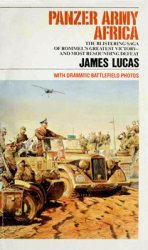Thanks to these and other advances, warships in the Late Middle Ages
grew larger and faster. h ey also carried more i ghters. One critical factor
that did not change much until almost the end of the medieval era
was the nature of the tactics used in naval warfare. In general, warships
and their captains and crews conducted sea battles more or less like land
battles.
For example, in the same way that bowmen typically initiated land
battles with big volleys of arrows, archers aboard a warship were usually
the i rst to i re on an approaching enemy vessel. If a ship had slingers
and spearmen aboard, they i red next. h en, when the two craft got close
enough, crewmen on one or both of them hurled a grappling hook with
a length of rope attached. When the hook caught hold of an object on
the enemy vessel, several men tugged hard on the rope, pulling that vessel
alongside their own.
With the two boats locked together, essentially forming a single
l oating platform, the opposing crews fought it out hand-to-hand, as
soldiers did in land battles. In fact, at times three, four, or more ships
became locked together, creating an even wider surface for the crews
to i ght on. h us, summarizes English scholar Ian Heath, “the main
naval tactic was simply to row against an enemy ship, grapple and
board it, and clear it with hand weapons before moving on to another
vessel.”




 World History
World History









